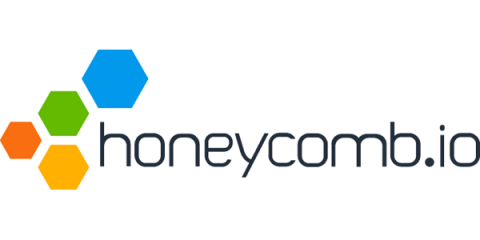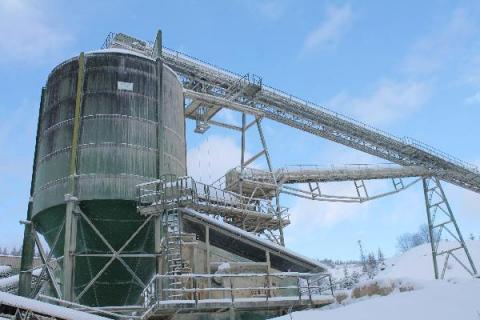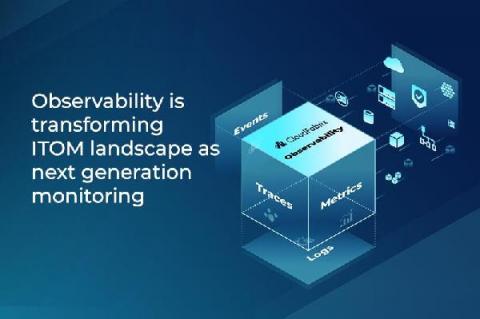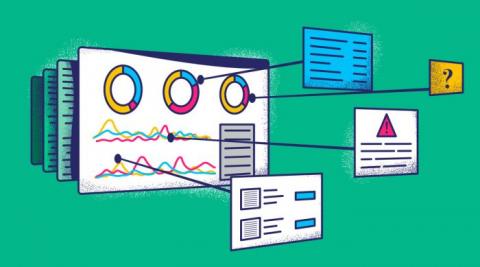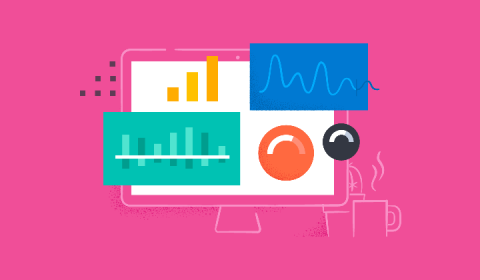Operations | Monitoring | ITSM | DevOps | Cloud
Latest News
Hyperledger Besu is an Observability Pioneer
All the work presented in this blog post is open source and available as part of our Splunk Connect for Ethereum repository examples, including the instrumentation of Besu as a Docker container, the configuration of Splunk, and two applications showing how to monitor Besu syncing to the chain.
What is Observability
As IT environments become more complex, enterprises running business-critical workloads in dynamic environments need to ensure the performance and reliability of their applications. This is where observability comes in. Observability is the ability of the internal states of a system to be inferred from external outputs. Without it, your team’s productivity could be greatly diminished.
Refine Your Observability Experience at Scale
Today, we announced that Refinery is now generally available. With Refinery, it’s now easy to highlight the critical debugging data you need and to stop paying for the rest. Refinery is a sampling solution that lets you control resource costs at scale without sacrificing data fidelity. Support for Refinery is now also included in Honeycomb Enterprise plans.
Sweetening Your Honey
Are you looking for a better way to troubleshoot, debug, and really see and understand what weird behavior is happening in production? Service-level objectives (SLOs) and observability can help you do all that—but they require collecting and storing the right data. If we’re naive with our telemetry strategy, we spend a lot of money on storing data without seeing adequate return on investment in the form of insights.
Observability is transforming ITOM landscape as next generation monitoring
Cisco AppDynamics Launches New Research, Revealing Unprecedented Demand for Full-Stack Observability with Business Context
Key Differences Between Observability and Monitoring - And Why You Need Both
Observability and Monitoring are viewed by many as interchangeable terms. This is not the case. While they are interlinked, they are not interchangeable. There are actually very clear and defined differences between them. Monitoring is asking your system questions about its current state. Usually these are performance related, and there are many open source monitoring tools available. Many of those available are also specialized.
How to monitor NVIDIA GPU metrics with Elastic Observability
Graphical processing units, or GPUs, aren’t just for PC gaming. Today, GPUs are used to train neural networks, simulate computational fluid dynamics, mine Bitcoin, and process workloads in data centers. And they are at the heart of most high-performance computing systems, making the monitoring of GPU performance in today's data centers just as important as monitoring CPU performance.
Surveying the Tides of Cloud-Native & Open Source Observability
We can plausibly say the enterprise development market turned the tide on cloud-native development in 2020, as most net-new software and serious overhaul projects started moving toward microservices architectures, with Kubernetes as the preferred platform.





